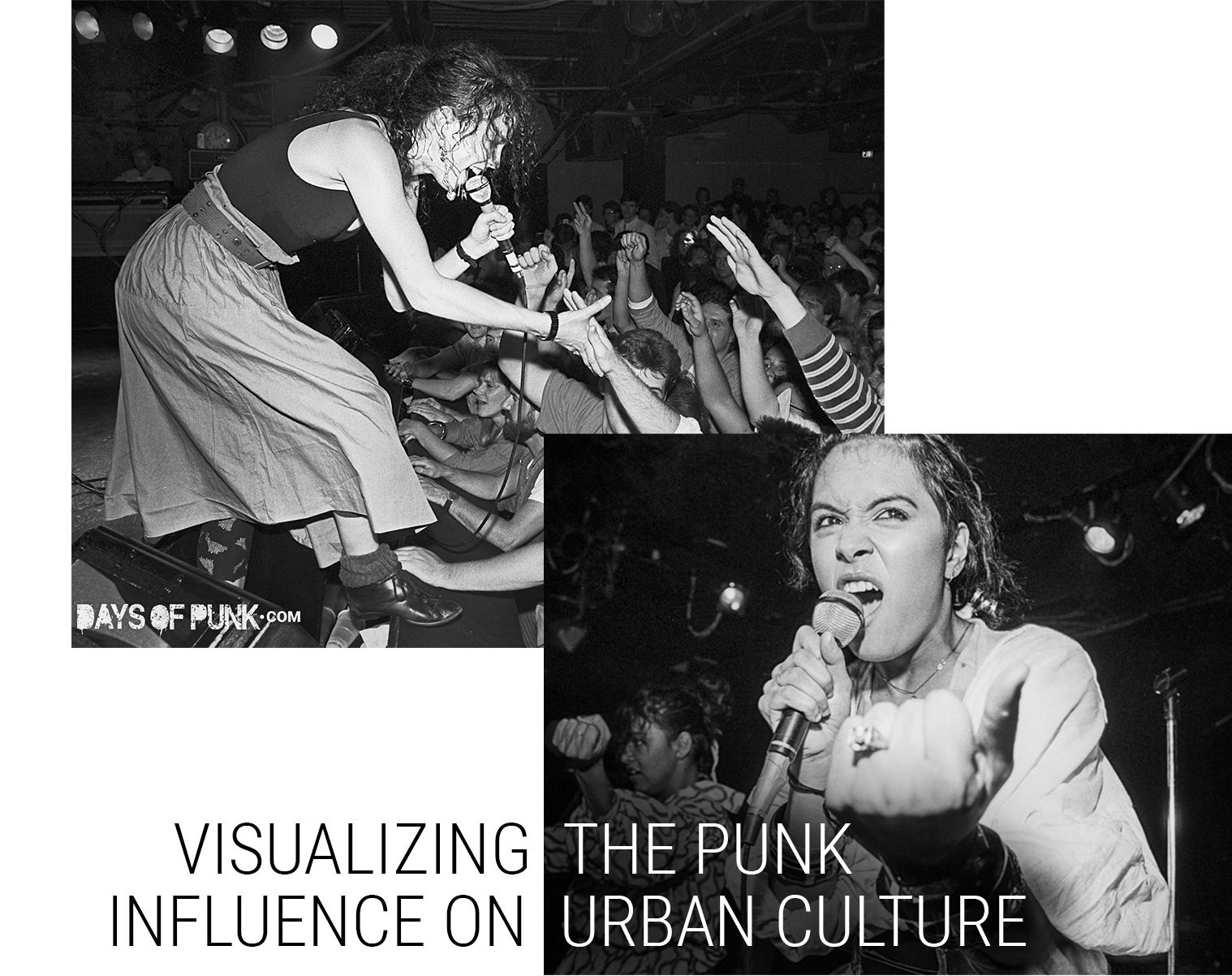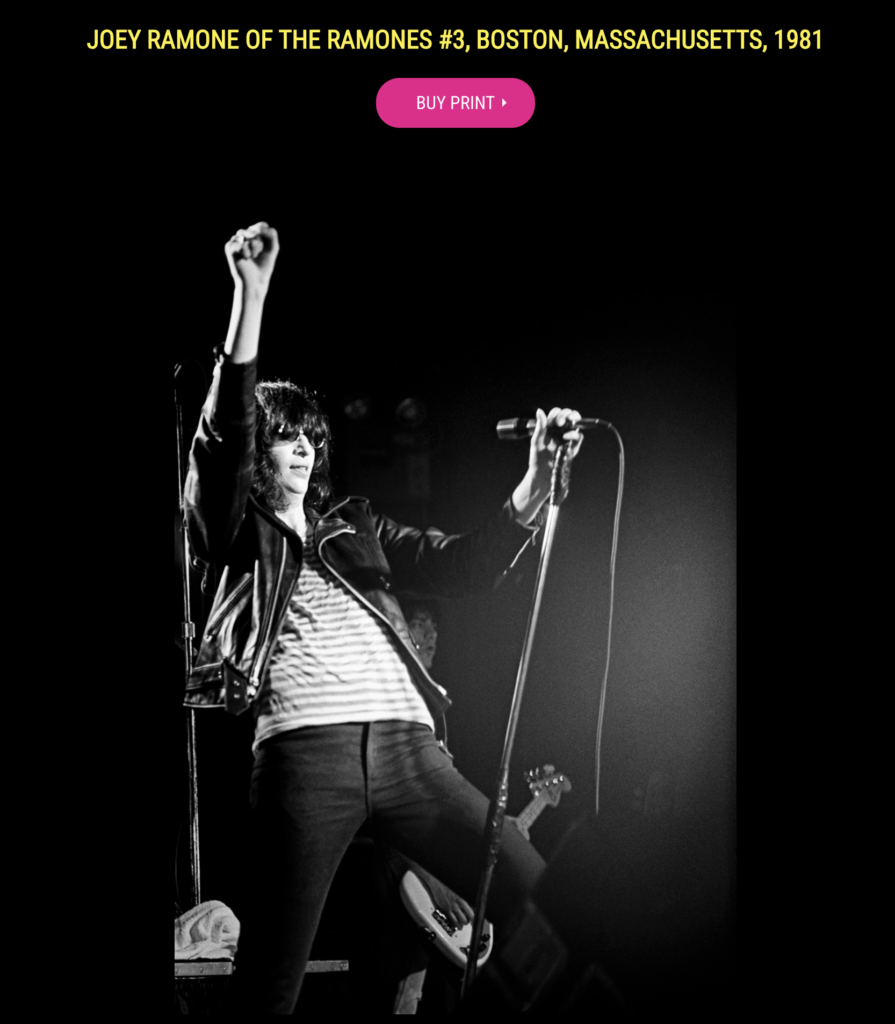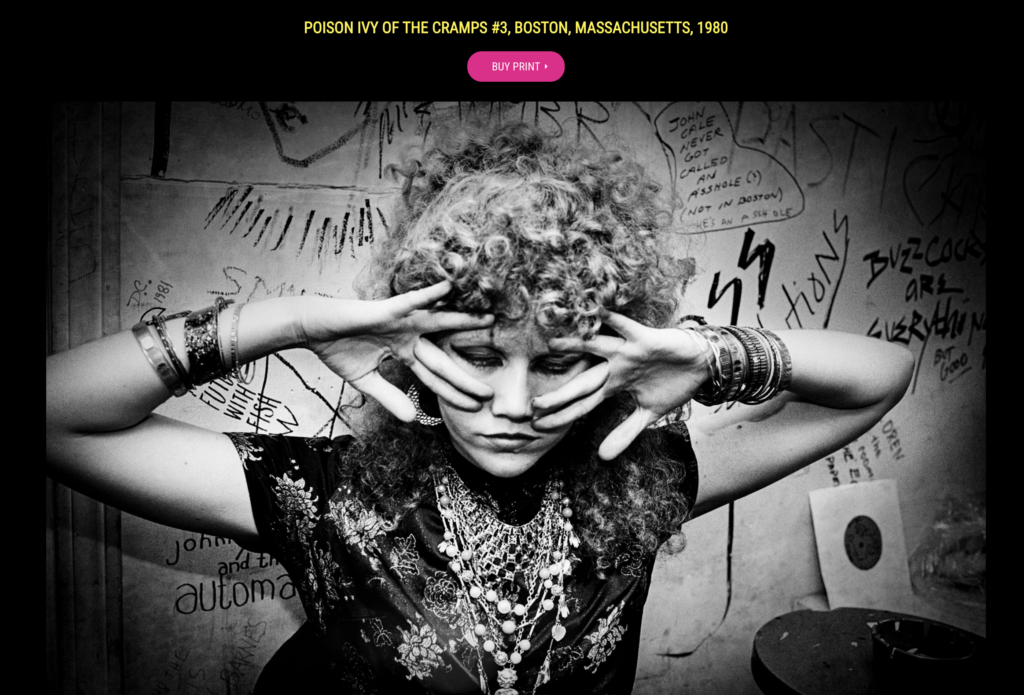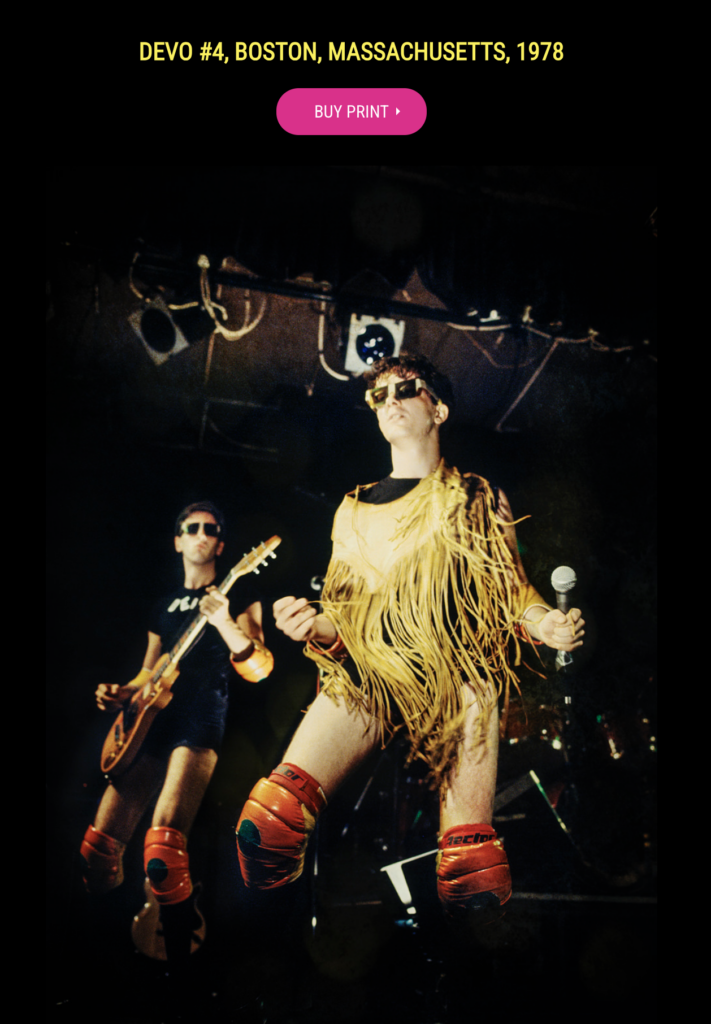Days of Punk
| Fashion
Visualizing the Punk Influence on Urban Culture
Posted by Michael Grecco

Visualizing the Punk Influence on Urban Culture
Punk influence on urban culture is best manifested in the late 1970s. Musicians from the garages of the suburbs to the industrial wasteland of decaying inner cities were questioning society’s rules, authority, and the corporate structure of music. The path to the recording studios and stages was tainted by the capitalists of conformity. Meanwhile, the world was in disarray. It offered an uncertain future even to those who towed the corporate line.
Punk appeared from a new ethos of do-it-yourself, anti-authoritarianism, anti-corporate greed, and anti-consumerism. The blazing energy of quick repetitive full chords supported by remedial beats and impassioned lyrics transcended the melodies of top 40 airplay.
The DIY Punk Photography of Michael Grecco
The Punk movement was the breath of change. Unlike the hippies of rock who became lost in a haze of color, Punk music was simple, forceful, and to the point. It was a handful of power chords, the sound of action. It was as plain as black and white, no innuendo was needed. This was an urban culture responding to the establishment woes of the world, faltering economies, wars, famine, and hopelessness. “I Want to be Sedated” was the anthem written by Joey Ramone, Dee Dee Ramone, and Johnny Ramone for an urban culture that lived in the predawn hours of clubs far from the clutches of corporate rock and disco.
Deeply immersed and affected by the DIY ethos and quickly befriended on and offstage by the Punks from Boston to New York, Michael Grecco created a raw visual testament of the Punk influence on urban culture.
The Canvas of Rebirth
Punk DIY with its anti-establishment fervor naturally navigated the urban decay of abandoned buildings. Cast-away buildings without the embellishments of power, money, and real estate law became the headquarters for the urban culture of Punk.
Michael Grecco focused his lenses, adjusted for lighting, angles, and framed photos which was a living testament to visualizing the punk influence on urban culture. Reclaimed industrial spaces became home to Punk creators. Music, graffiti, art, poems, and street theater were a part of the urban culture of punk.
Beyond the stages and underground club scene, punk was transforming abandoned warehouses, and empty retail spaces creating the streets of punk, an urban culture itself. Michael Grecco captured the sweaty bodies of performers on and off stage, he also captured them in their natural habitat.
Graffiti was the art of punk. Derelict buildings were christened as hollow ground by the ever-present graffiti of the anti-establishment urban culture of punk. Michael Grecco was on his own DIY mission to record the canvas of rebirth in the living and working spaces of Punk.
Capturing The Persona of Punk
From the strobe lights of the stages to the reimagined spaces of the inner-city Michael Grecco created an indelible record of the Punk influence on urban culture. The persona of punk embraces a fashion style that rejects glamour. The culture embraced a style that reflected the sound, it was raw and unassuming. Leather jackets, spikes, safety-pinned clothes, and mohawks were hallmarks of the defiance of punk.
The black and white photograph of Michael Grecco was an instant match in the early dark caverns of punk clubs. Michael Grecco also used color film to photograph the evolution of punk fashion. Together the black and white and color photography from the lenses of the Grecco cameras offers viewers a comprehensive interpretation of punk.
Those interested in visualizing the punk influence on urban culture need only explore the Michael Grecco photographs now available in Days of Punk and as art gallery high-quality prints. Each Michael Grecco photograph captures the persona of punk, music, lifestyle, art, graffiti, urban home, and enduring fashion.




